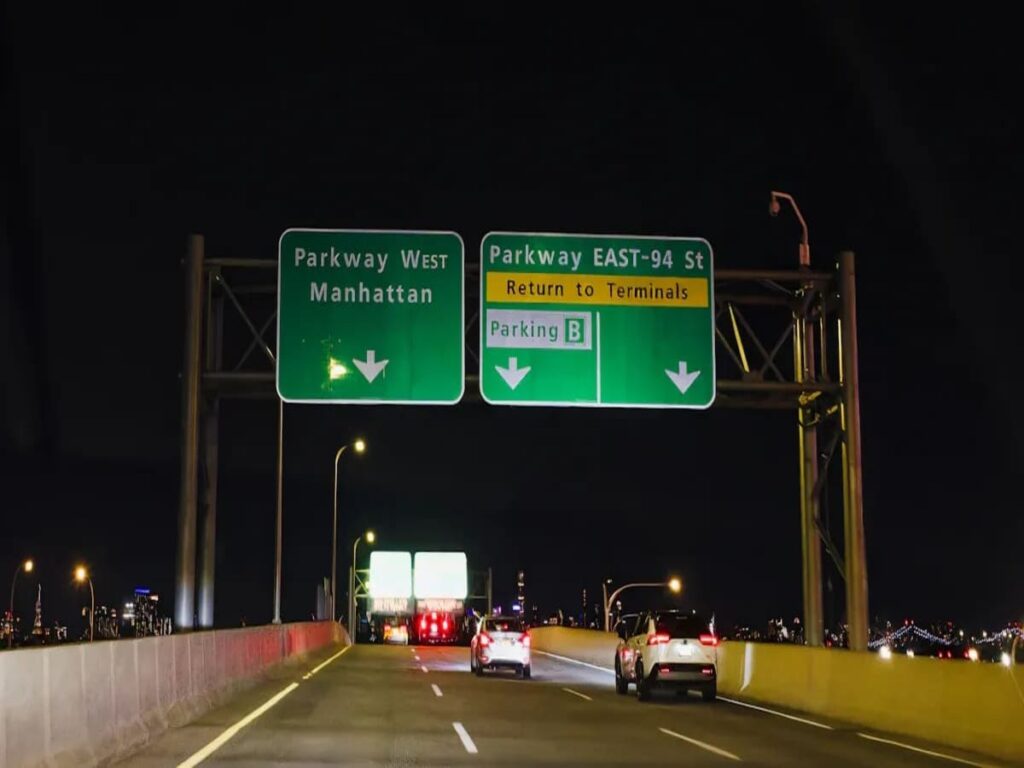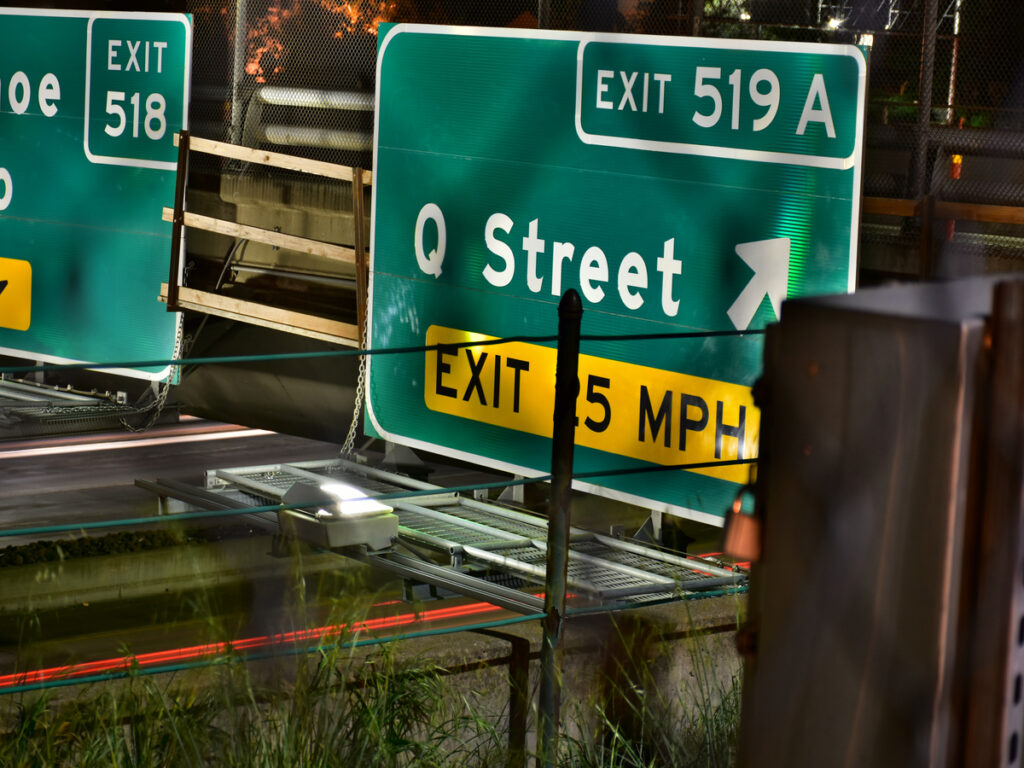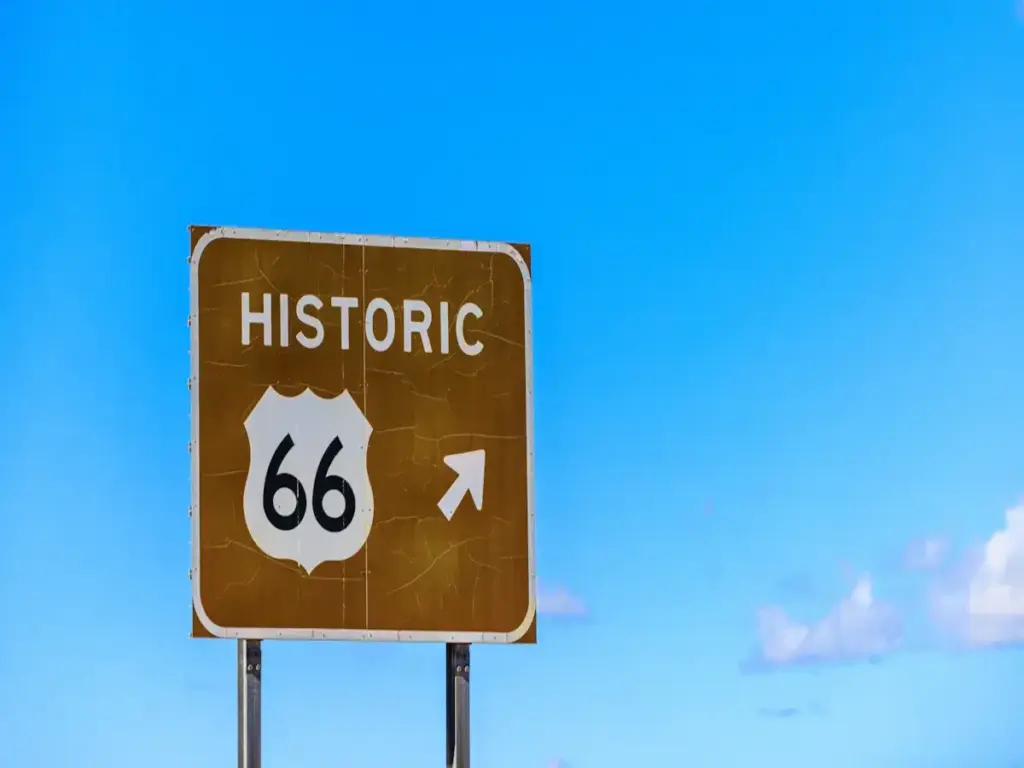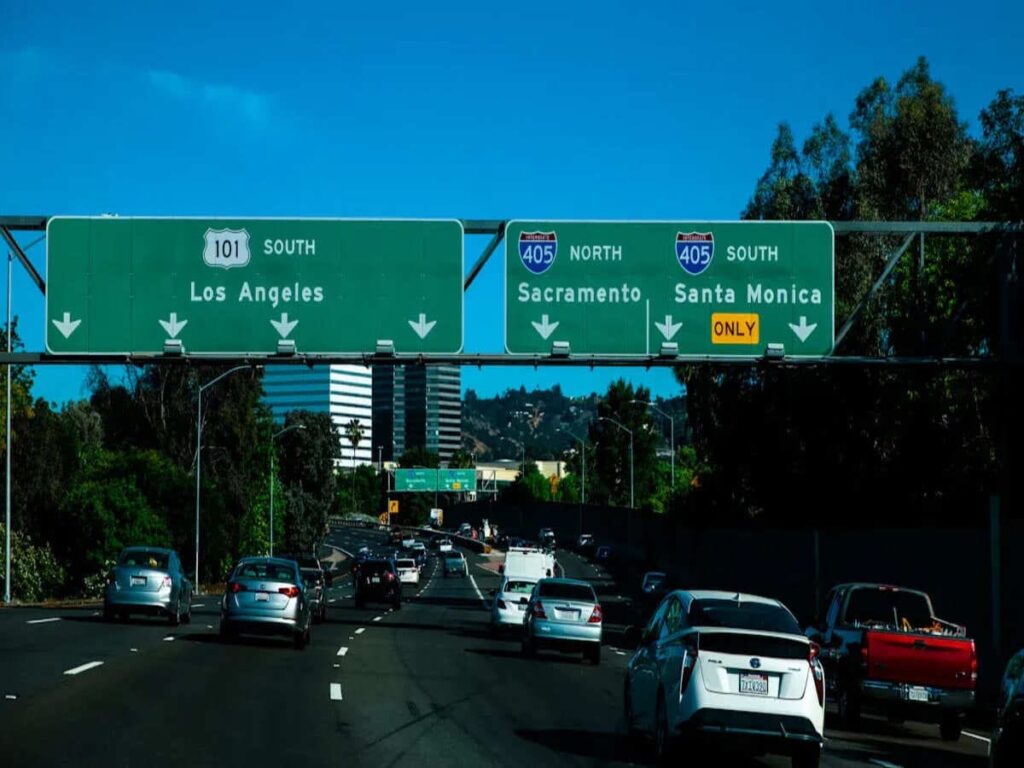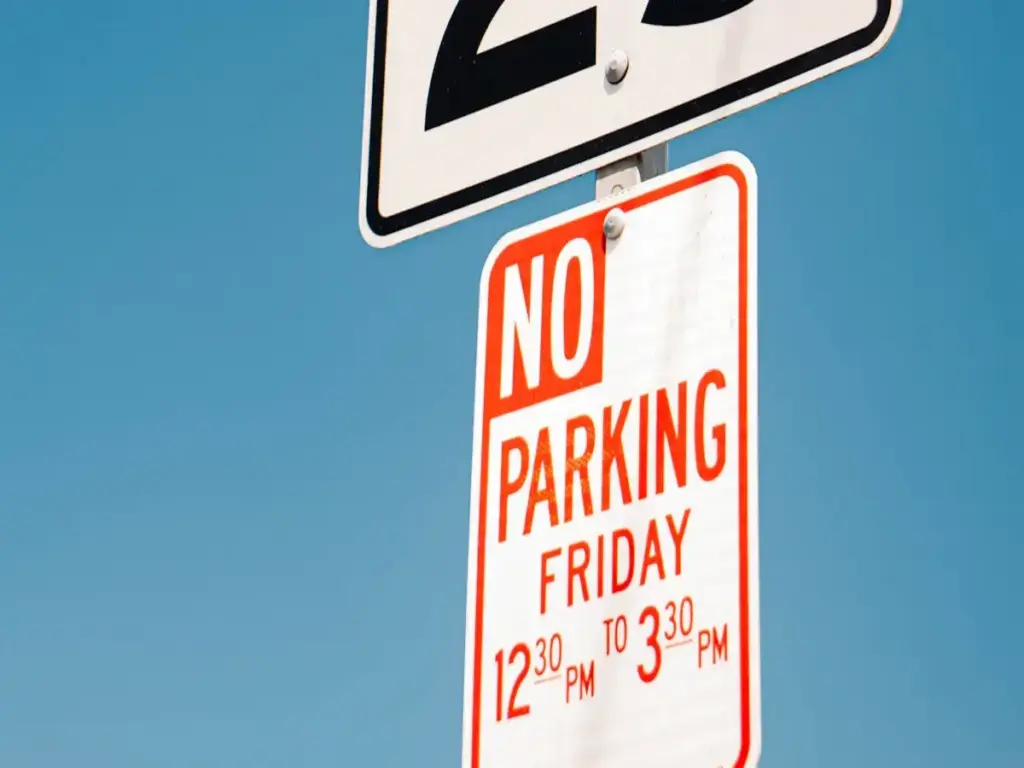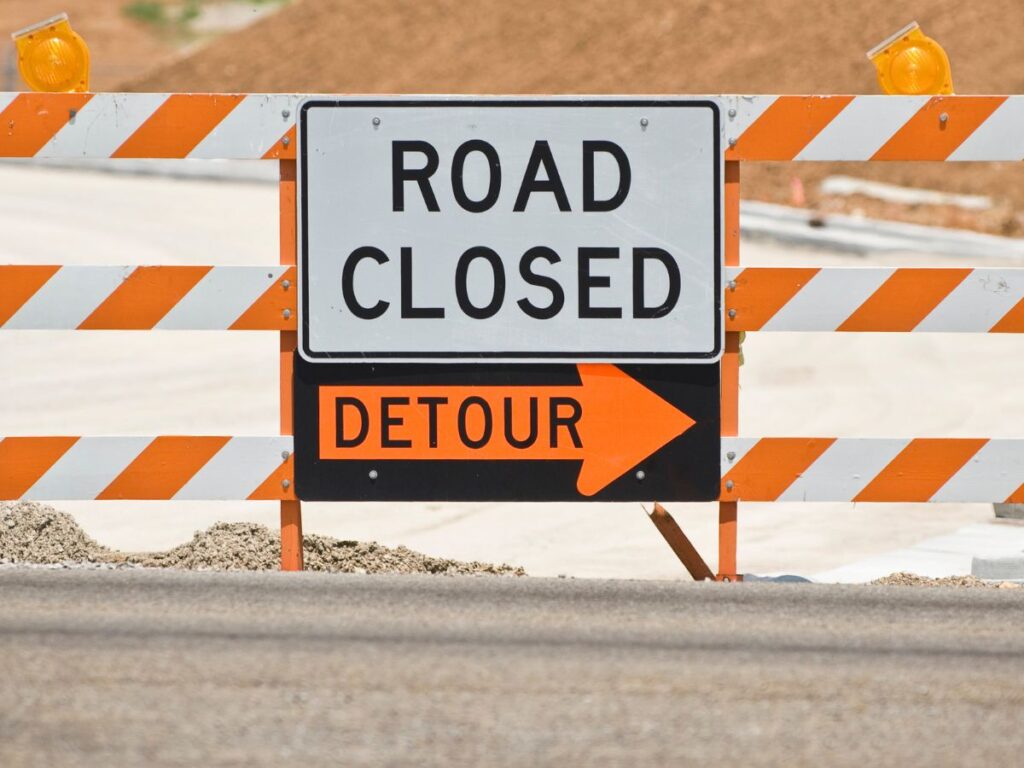
Effective workplace safety needs clear and correct signs. These signs help stop danger and lower risk. OSHA caution signs and Australian safety signs are not the same. They have different rules, looks, and ways to follow the law. These changes affect how signs show danger, caution, and what you must do. In both the United States and Australia, good safety signs are very important. They help stop accidents at work. They also help people see danger signs fast. Recent numbers show we still need good safety signs:
Australian companies that work in other countries must know these differences. Good safety signs, like caution and danger signs, help follow the rules. They also keep workers safe from harm. Good signs help people who speak different languages. They also help keep the workplace safe by warning everyone about danger. This stops confusion and unsafe actions. Checking signs often and looking for risks keeps signs useful and up to date. This helps make every place safer.
OPTRAFFIC provides a wide range of safety signs designed to meet international standards, ensuring your workplace stays safe and compliant no matter where you operate. Our customizable signs are built to offer clear warnings in multiple languages, helping you prevent accidents and keep workers informed. Explore our selection of reliable safety signage solutions today.
Key Takeaways
- OSHA and Australian safety signs look different. They use different colours, words, and rules. Both types help keep workers safe. They show dangers and safe actions clearly.
- Both systems say signs must be at eye level. Signs should be easy to see. They must be checked often. This makes sure they stay clear and work well.
- Clear words, bold letters, and simple symbols are important. These help all workers understand hazards fast. This is good for people who speak other languages.
- Employers must follow their country’s rules. This helps them avoid fines. It also keeps workplaces safe from accidents and injuries.
- Training and looking after signs is very important. This stops confusion and lowers risks. It helps make work safer for everyone.
Regulatory Standards
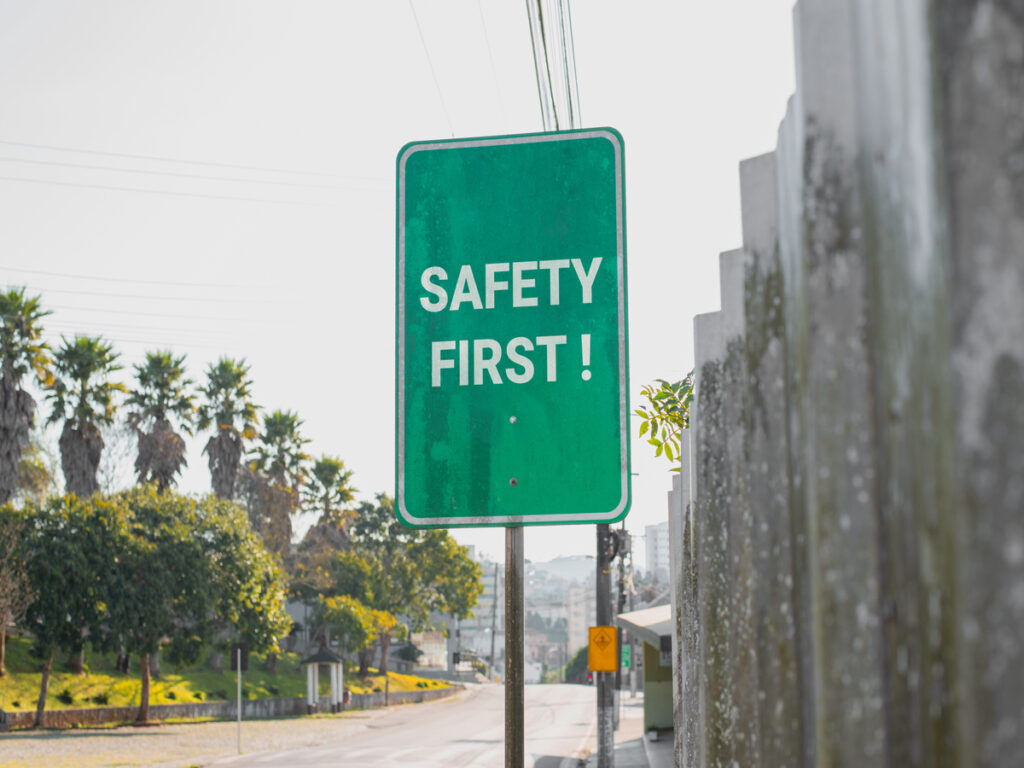
OSHA Requirements
OSHA makes strict rules for safety signs in the United States. These rules are found in 29 CFR 1910.145. This part talks about accident prevention signs and tags. OSHA says signs must show what kind of danger is there. Caution signs need a yellow background with black letters. Danger signs use red for the background and white for the words. Safe condition signs use green and white.
Since 2013, OSHA has used the ANSI Z535 standards. These rules make safety signs clearer and easier to understand. ANSI Z535.2 explains how to design signs, what colours to use, and what symbols to add. The rules also say signs should have modern signal words and pictures. This helps workers know how dangerous something is and what to do.
OSHA says all safety signs must last a long time. They should not get ruined by fire, water, sunlight, or damage. Signs must have round corners and not be sharp. Employers must put signs near dangers, at eye level, and where there is enough light. The words must be clear and short. They should tell people what to do. Signal words like “Danger”, “Warning”, and “Caution” must be easy to see from five feet away.
OSHA inspectors check if these rules are followed. They visit workplaces and give fines if rules are broken. New changes mean higher fines and more checks in risky jobs. Employers must keep signs up to date and teach workers about safety.
Australian Safety Signs Standards
Australian safety signs follow the AS 1319—1994 standard. This rule tells workplaces in Australia how to use safety signs. It explains how signs should look, what colours to use, where to put them, and what words to use. The rule is for all workplaces, like building sites, factories, and offices.
AS 1319 says warning signs must be yellow and black. Danger signs use red, white, and black. Mandatory signs use blue and white. Safe condition signs use green and white. Emergency signs must have a white symbol or words on a green background with a white border.
Australian safety signs must be put at eye level and where people can see them easily. Safety officers and managers must make sure signs are not hidden by things. Signs must be checked often to keep them in good shape and up to date.
Workplace codes of practice, like those from SafeWork NSW, say to follow AS 1319. The rule is not a law, but courts may use it to see if a business is safe. Not following the rule does not always mean a fine. But if bad signs make things more dangerous, there could be a penalty.
Design and Colour
Background and Borders
Colour is very important for safety signs. OSHA caution signs have a yellow background with black borders. This makes the sign easy to see at work. Yellow means caution, and the black border helps the message stand out. Danger signs from OSHA use a red background with white letters. This helps workers see the danger right away.
Australian safety signs are a bit different. Warning signs in Australia also use yellow and black. The yellow must be a special shade called “Y15 — Sunflower.” This matches Pantone 136C or 115U. All warning signs must use this yellow so they look the same everywhere. Danger signs in Australia have a white background. They show a big red oval with black letters for the word “DANGER.” Most Australian signs have black borders. This helps the sign stand out on any wall.
| Colour | AS 2700 Designation | Pantone Matching System (PMS) Codes |
|---|---|---|
| Yellow | Y15 — Sunflower | PMS 136C, PMS 115U |
Note: Australian rules say what colour to use for caution signs. This keeps all signs the same and follows the rules.
Text and Typography
Words on safety signs must be easy to read. OSHA says all caution and danger signs need bold, big letters. The words are black on yellow for caution signs. For danger signs, the words are white on red. This helps people read the sign fast, even if it is dark.
Australian safety signs also use bold, big letters. The letters must be plain and not fancy. Warning signs use black words on yellow. Danger signs use black words inside a red oval on a white background. The size of the letters depends on how far away you need to see the sign. Both OSHA and Australian rules use short words. They do not use long sentences. Signs say things like “DANGER,” “CAUTION,” or “NO ENTRY.” This helps everyone know what the sign means.
Tip: Big, clear words and strong colours make safety signs work better.
Symbols and Pictograms
Pictures and symbols help everyone understand safety signs. This is good for people who speak different languages. OSHA uses special pictures for dangers. These include an exclamation mark for general danger. A flame means something can catch fire. A skull means something is poisonous. OSHA uses the Globally Harmonised System, or GHS. This system has nine pictures. Each one has a black symbol on white with a red border. These pictures show chemical dangers and help workers see risks fast.
Australian safety signs use pictures from international rules, like ISO. The pictures may look a bit different from OSHA’s, but they mean the same thing. Australian signs use pictures for danger, caution, and things you must do. These pictures help workers know about danger without reading. Using ISO pictures means people from many countries can understand the signs.
Safety colours and pictures help everyone know about danger. This makes work safer because all workers can see the risks.
Terminology and Wording
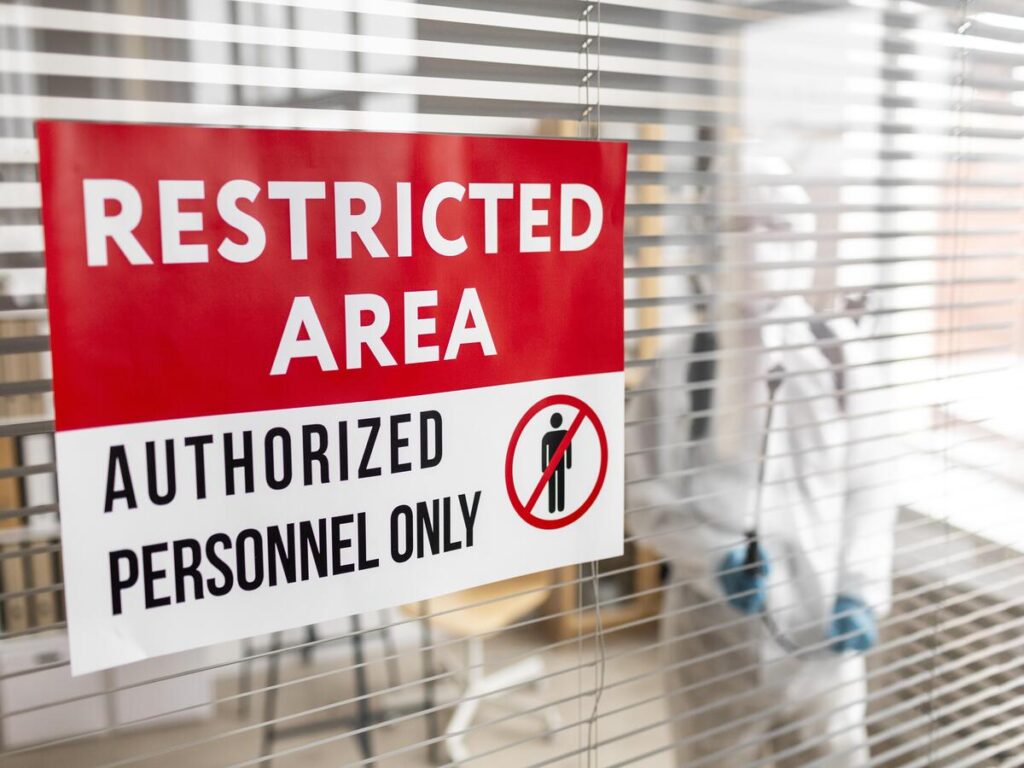
OSHA Hazard Language
OSHA has rules for the words on safety signs. Caution signs must say ‘CAUTION’ in black letters on yellow. These signs warn about a hazard that could hurt you a little or a bit more. The message tells workers to be careful and not do unsafe things. OSHA says a safety symbol should come before the signal word. This helps workers spot the hazard fast and know the risk.
Danger signs use ‘DANGER’ in white letters on red. These signs mean there is a very serious hazard. It could kill or badly hurt someone. OSHA uses strong words so workers know how bad the danger is. Warning signs use orange and black. They show a risk that is not as bad as danger but worse than caution. The words on these signs are short and clear. For example, a sign might say ‘DANGER: HIGH VOLTAGE’ or ‘CAUTION: SLIPPERY FLOOR’.
OSHA wants all workers to understand the hazard, even if they speak another language. The ANSI Z535 rule says to use symbols and easy words. This helps everyone know what the hazard is, even if they do not speak English. Employers often use signs in more than one language and give training. This makes sure everyone knows the risks. Safety signs must be easy to read and last a long time. This keeps the message clear in every workplace.
Tip: Clear words and symbols on safety signs help stop confusion and keep people safe.
Australian Safety Signs Terminology
Australian safety signs follow the AS 1319 rule. This rule says what words and phrases to use on signs. Danger signs use ‘DANGER’ inside a red oval on white. These signs warn about a hazard that could kill or badly hurt someone. The message is always short, like ‘DANGER: KEEP OUT’ or ‘DANGER: ELECTRICAL HAZARD’.
Warning signs use ‘WARNING’ or say what the hazard is, like ‘WARNING: ASBESTOS’. These signs use yellow and black to show a risk that is not as bad as danger. Caution signs are not used as much but can be found in some places. Australian signs also use ‘MANDATORY’ for things workers must do, like ‘WEAR EYE PROTECTION’. This helps workers know what to do to stay safe.
Australian safety signs use easy words and clear symbols. The signs often have ISO pictures. These help workers from other countries understand the hazard. Many workplaces use signs in more than one language to help everyone. Safety officers give training to explain what each sign means. This lowers the chance of accidents and helps everyone know the danger.
Australian businesses check what languages workers speak. They use simple messages and symbols so everyone understands the hazard. This helps keep people safe and stops mistakes. Training and clear signs work together to protect workers and lower risk.
Categories and Application
OSHA Sign Types
OSHA has different types of safety signs for work. Each safety sign type warns about a certain risk or danger. The main types are:
- Danger Signs: These signs show there is a big danger. Workers must be extra careful. They use red, black, and white colours. You see them near things that can kill or badly hurt you. For example, by fire equipment or emergency stop buttons.
- Warning Signs: These signs mean there is a serious risk. The colour orange shows it is not as bad as danger but still very risky. You might see these near germs or slow vehicles.
- Caution Signs: These signs warn about things that could hurt you a little. They have a yellow background and black letters. They help stop small injuries like slipping or tripping.
- Notice Signs: These signs give important information that is not about danger. They might tell you about cleaning or security rules.
- Safety Instruction Signs: These signs tell you how to stay safe. They have a white background, a green panel, and black letters.
OSHA says all signs must be easy to see and read. Using the right colours and words helps workers spot danger signs fast. This keeps everyone safer at work.
Australian Safety Signs Categories
Australian safety signs have strict groups under AS 1319. Each group uses special colours and words to show how risky something is. The main groups are:
| Category | Colour Scheme | Intended Use |
|---|---|---|
| Danger Signs | Red, white, and black | These show there is a big danger. They are for things that can kill or badly hurt you. |
| Caution Signs | Yellow background, black letters | These warn about small dangers or unsafe actions. They are for things that might cause small injuries. |
| Warning Signs | Black letters, orange background | These show there is a risk of getting badly hurt or dying, but not as bad as danger. |
| Notice Signs | White italic text, blue background | These give general information that is not about getting hurt. |
| Safe Condition Signs | White letters, green background | These show safety messages, like where to find first aid or exits. |
Australian safety signs can be picture signs, word signs, or both. Picture signs use symbols to show dangers or what to do. Word signs use simple words for clear messages. Some signs use both pictures and words to help everyone understand.
Australian safety signs help workers see danger signs and know the risk level. Using the same colours and symbols helps everyone spot dangers quickly. This makes sure signs follow the rules and stops confusion.
Note: Picking the right sign and putting it in the right place keeps workers safe and helps businesses follow the law.
Placement and Compliance
OSHA Placement Rules
OSHA has strict rules for where to put safety signs. These rules help keep workers safe from danger. Signs must be at eye level so people see them while working. This is usually between 45 and 66 inches from the floor. The best spot is 60 inches from the ground. Signs should never be hidden by machines or shelves. Bright colours and thick borders make signs easy to see.
- Danger, caution, and warning signs must be seen from five feet away.
- Signs should face the main walkway so people notice them.
- Signs above 78 inches show where emergency things are.
- Signs between 4 and 18 inches help in emergencies, like when there is smoke.
- Employers must check for glare or shadows and fix the lights if needed.
- Signs must be fixed with strong glue or screws so they do not fall.
- Signs need to be checked often to make sure they are still easy to see.
OSHA inspectors can visit without telling anyone first. If signs do not follow the rules, companies get fines. The table below shows how much companies can be fined:
| Violation Type | Minimum Penalty (USD) | Maximum Penalty (USD) |
|---|---|---|
| Serious | $1,221 | $16,550 per violation |
| Other-than-serious | $0 | $16,550 per violation |
| Willful or Repeated | $11,823 | $165,514 per violation |
| Posting Requirements | $0 | $16,550 per violation |
| Failure to Abate | N/A | $16,550 per day past due |
Employers must put up notices about any problems until they are fixed. If they do not fix the problem, they get more fines every day. These rules are for all safety signs, including danger and caution signs.
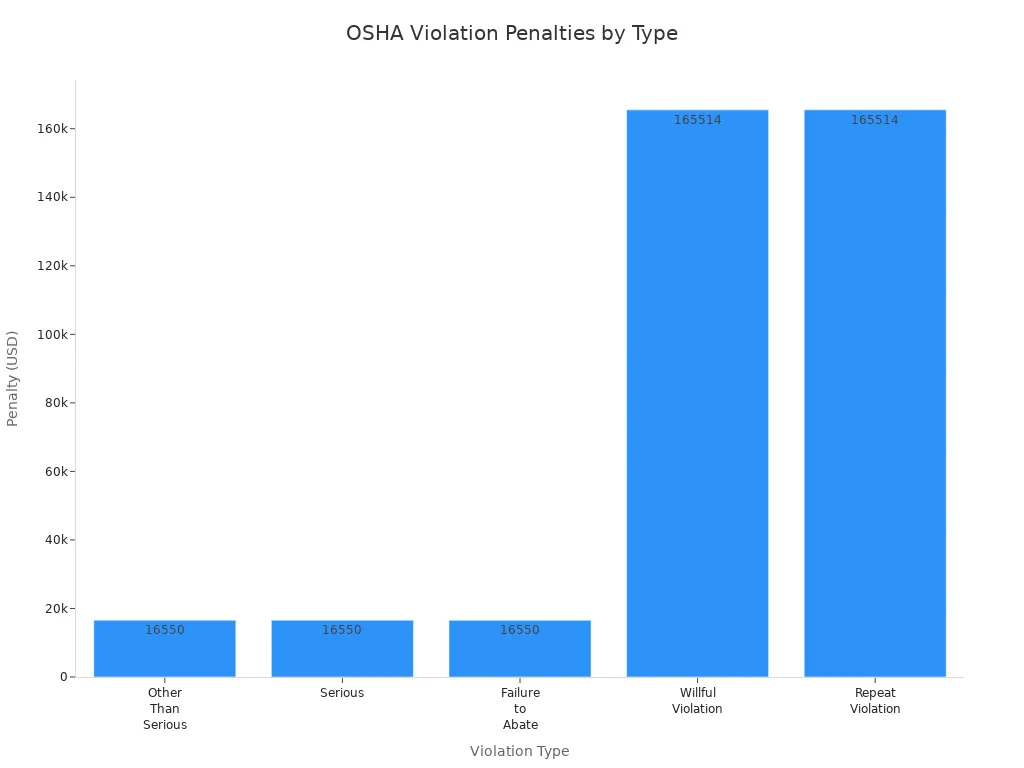
Australian Safety Signs Compliance
Australian safety signs must follow AS 1319 and WHS rules. Signs must use the right words, colours, and shapes. This helps show danger and tell people how to stay safe. Employers must put safety signs at eye level and make sure nothing blocks them. Signs must be clear and easy to read in all kinds of light.
Safety officers check sites, look at records, and talk to workers. If rules are not followed, this can happen:
- Fines, stop work orders, or court action for bosses and workers.
- Notices that stop unsafe work right away.
- Big fines for serious problems, up to $3 million for companies and jail for people.
- Extra costs for new signs, usually £65 to £200 each.
- Delays, failed checks, and a bad name for the business.
- Higher insurance and legal bills if someone gets hurt because of bad signs.
Employers must teach workers what all the signs mean. Training helps stop confusion and keeps people safe. Good practice means checking signs often, fixing broken ones fast, and using signs in more than one language if needed. Good signs, clear warnings, and training keep workers safe and help companies avoid big fines.
Similarities in Safety Signs
Universal Safety Principles
OSHA and Australian safety signs follow the same main ideas. They want to keep workers safe from harm and lower injury risk. Both use clear signs to warn about hazards and show safe actions. These signs help everyone spot danger fast at work. They also make sure no one misses important warnings.
Safety signs use bright colours and easy words. This helps people see and understand them quickly. Both systems say signs must be strong and easy to see in any weather. Employers need to put signs where workers will notice them before a hazard. Signs should be checked often to stay in good shape and up to date. These actions help stop accidents and keep safety high at work.
Note: Universal safety principles help workers in any country see danger signs and act fast.
Shared Hazard Communication
OSHA and Australian safety signs use many of the same ways to share hazard information. Both have a system for making and using signs. This means signs are part of a bigger plan to keep workers safe and lower risks. The systems use:
- Standardised safety signs and symbols to show hazards clearly.
- Main safety symbols for general warning, flammable hazard, corrosive hazard, and electrical hazard.
- Signal words and colour codes to show how risky something is.
- Pictograms that help workers understand hazards, even if they do not speak English.
- Training for workers so they know what each sign means.
- Signs that follow international rules like ANSI, ISO, and the Globally Harmonised System (GHS).
Both systems want to share hazard information in a way everyone understands. They use clear words and pictures to warn about danger and hazards. This helps all workers stay safe, no matter where they are from. Employers in both countries must use signs to show dangers and teach workers about hazards. These shared ways make hazard communication better and stronger.
Summary Table: OSHA vs. Australian Safety Signs
Safety signs are very important at work. They help workers see dangers and know what to do. OSHA and Australian rules both try to stop accidents. But they have different rules and ways to make signs. The table below shows how OSHA caution signs and Australian safety signs are different and alike.
| Aspect | OSHA (U.S.) | AS 1319 (Australia) |
|---|---|---|
| Governing Body | Occupational Safety and Health Administration (OSHA) | Standards Australia |
| Legal Status | Mandatory compliance | Recommended but often legally adopted |
| Categories of Signs | Danger, Warning, Caution; lacks explicit Mandatory and Prohibition categories | Includes Mandatory and Prohibition categories explicitly |
| Colour Codes | Red, Yellow, Green | Red, Yellow, Green, plus Blue for mandatory actions |
| Terminology | Uses terms like “Danger,” “Warning,” “Caution” | Uses similar terms but also “Mandatory” and “Prohibition” |
| Placement Rules | Signs must be visible before hazards, not blocked | Signs must be placed at eye level and easy to read |
| Maintenance | Requires regular inspections and replacement if faded or damaged | Also requires regular checks and replacement |
| Purpose | Prevent workplace accidents by clear communication | Same goal: prevent accidents through clear signage |
Both systems say to check signs often so they stay easy to see. They use colours and simple words so everyone can understand. Australian safety signs have extra types, like mandatory and prohibition. These help workers know what they must do or not do.
Employers need to pick the right sign for each danger. They should put signs where workers can see them well. Checking signs often keeps them working properly. If businesses follow these steps, they keep workers safe and follow the law.
OSHA and Australian safety signs both try to make work safer and stop danger. But they are not the same in how they look, what words they use, and the rules they follow. Using the right signs helps companies avoid getting into trouble with the law. It also helps keep people safe in risky places. Companies should check their signs often, teach workers about them, and use the same colours and pictures to show danger.
FAQ
What is the main difference between OSHA and Australian safety signs?
OSHA signs follow rules from the United States. Australian safety signs use AS 1319 standards. Each system has its own colours, symbols, and words. Both want to keep workers safe but have different designs and rules.
Do Australian safety signs use the same colours as OSHA signs?
Australian safety signs use colours like yellow and red for warning and danger. But they must use special shades and layouts from AS 1319. OSHA uses yellow for caution and red for danger. Australia also uses blue for things you must do.
Are pictograms on Australian safety signs the same as those on OSHA signs?
Australian safety signs use ISO pictograms. OSHA signs use ANSI or GHS symbols. Some pictures look almost the same, but there are small design changes. Both systems help workers see hazards quickly.
Must businesses in Australia update signs if they work with US companies?
Australian businesses working with US partners should check both OSHA and AS 1319 rules. Using signs that fit both sets of rules helps keep everyone safe and follows the law in both countries.
What happens if a company does not follow safety sign rules?
Authorities can give fines, stop work, or take legal steps. Not following the rules can cause accidents, higher insurance, and a bad name. Checking and updating signs often helps avoid these problems.

